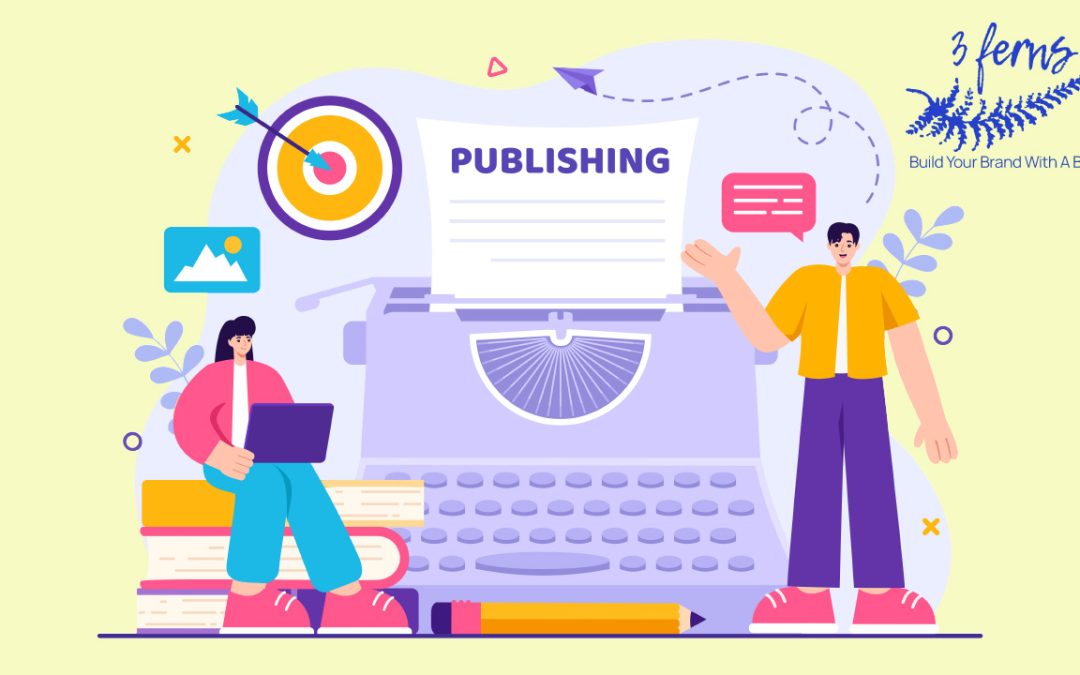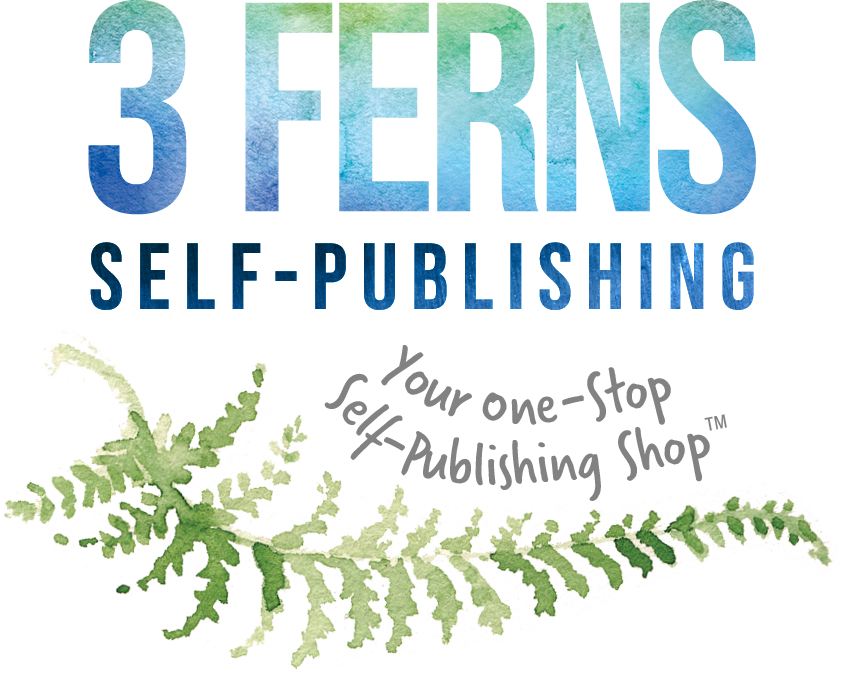
The Different Types of Publishing: Traditional, hybrid, indie, and Assisted Publishing Services
The world of publishing has never been more accessible — or more complex. With so many options available to authors today, it can be hard to know which path to take.
Since you’re on this blog it’s safe to assume you’ve chosen the self-publishing route. However, it’s our job to make sure that you understand the distinctions so that you can make better informed decisions for your book moving forward.
While self-publishing offers incredible creative freedom, it’s important to know how it compares to other models like traditional, hybrid, and indie publishing. In this blog, we’ll break down the key differences between each, so you can confidently move forward with your publishing journey.
Traditional publishing: The classic approach
Traditional publishing is often seen as the “dream” for many aspiring authors. In this model, a publisher acquires the rights to your manuscript, covering all the costs of production, distribution, and sometimes marketing. Major publishing houses like Simon & Schuster or Penguin Random House offer extensive distribution networks and access to media outlets, making them attractive options for authors seeking broad readership.
But we all know by now, it is an extremely competitive market. Authors generally need a literary agent to submit their work to traditional publishers, and even with representation, the process can take years. Creative control often rests with the publisher, and authors are expected to collaborate with editors on revisions.
While traditional publishing offers a certain level of prestige, authors usually receive a smaller percentage of the royalties, making it a trade-off between wide reach and financial control.
Hybrid publishing: Shared investment, shared control
Hybrid publishing is a middle ground between traditional and self-publishing. In this model, the author contributes to the costs of production and marketing, while the publisher provides professional editorial, design, and distribution services. The profits are also shared more equally between the author and the publisher than in traditional publishing.
Hybrid publishers still carefully select manuscripts and maintain editorial standards. However, since the author shares the financial investment, hybrid publishing offers more flexibility and creative control than the traditional route.
This option is ideal for authors who want professional backing but still desire more influence over their work and marketing efforts. Just be mindful of the terms — always ensure that your rights and royalties are protected.
Indie publishing: Independent presses with niche audiences
Indie publishing refers to independent presses — small or niche publishers that cater to specific audiences. These indie publishers pay for production costs, and some also assist with marketing, though many leave the bulk of promotion to the author. Indie presses tend to focus on quality over quantity, with smaller lists and more personalized attention for each title.
Indie publishing can be ideal for authors looking for a tight-knit relationship with their publisher, often in niche genres or local markets. While the reach may not be as extensive as with a major publishing house, indie publishers often have loyal readerships and are capable of producing high-quality books. Some indie titles even gain critical acclaim, including awards and starred reviews from outlets like Kirkus.
However, authors may need to invest in additional marketing to reach wider audiences, as indie publishers often have limited resources for promotional campaigns.
Self-publishing: Full control, full responsibility
Self-publishing is a completely independent approach where the author takes on all responsibilities of publishing — both creatively and financially. We need to make the distinction here because sometimes, self-published authors are called “indie authors,” but make no mistake this is not the same as indie publishing.
Self-published authors handle everything from editing and design to distribution and marketing. While this path offers complete creative freedom, it also comes with more financial risk.
Authors who self-publish earn a higher percentage of the profits, but they also have to cover all costs upfront. This means hiring editors, designers, and sometimes even marketing professionals to ensure their book competes in the marketplace. Self-publishing is especially appealing to authors who want full control over their book’s production timeline, design choices, and how it’s marketed.
With self-publishing, you’re likely going to need a lot of support, and that’s where we come in. At 3 ferns, we specialize in helping self-publishing authors navigate this complex process. While we are not a publisher, we provide expert support with services like editing, book cover design, formatting, and self-publishing consultancy. Our goal is to empower authors to produce professional, polished books while retaining full rights and royalties. Self-publishing doesn’t have to be a lonely road, and with the right support, it can be both rewarding and financially beneficial.
Choosing the best path for your book
Each publishing model comes with its advantages and challenges. Traditional publishing, while offering prestige and reach, costs you creative control. Hybrid publishing gives authors more influence while still providing professional services, but with a little more financial weight. Indie publishing connects authors with specialized, often niche audiences but may require additional marketing effort. Self-publishing puts authors in the driver’s seat, offering full creative freedom and higher profit margins, but also demanding a larger investment of time and money.
As we always say here, you know yourself best. You know your capacity to handle financial burdens, marketing responsibilities, and operations costs. You also know how and why you’re publishing a book and who you want to read it. With all of that in mind, you will no doubt come up with the best decision for your situation and purpose.
Your publishing journey, your choice
The world of publishing is full of possibilities, and no one path is better than the other — it all depends on your goals as an author. Whether you want the backing of a traditional publisher, the shared investment of a hybrid model, the niche focus of indie publishing, or the complete control of self-publishing, the right choice is the one that aligns with your vision and needs.
No matter which path you choose, understanding the distinctions between these models will help you make an informed decision. If you’re leaning toward self-publishing, but need expert guidance, 3 ferns is here to help you bring your vision to life — on your terms, with your full control intact.
Get in touch
Don’t delay your dreams and reach out to us to learn how to get your self-published book out there! You can schedule a Self-publishing Curiosity Call with our expert Leesa, and she’ll give you everything you need to know to get started!





